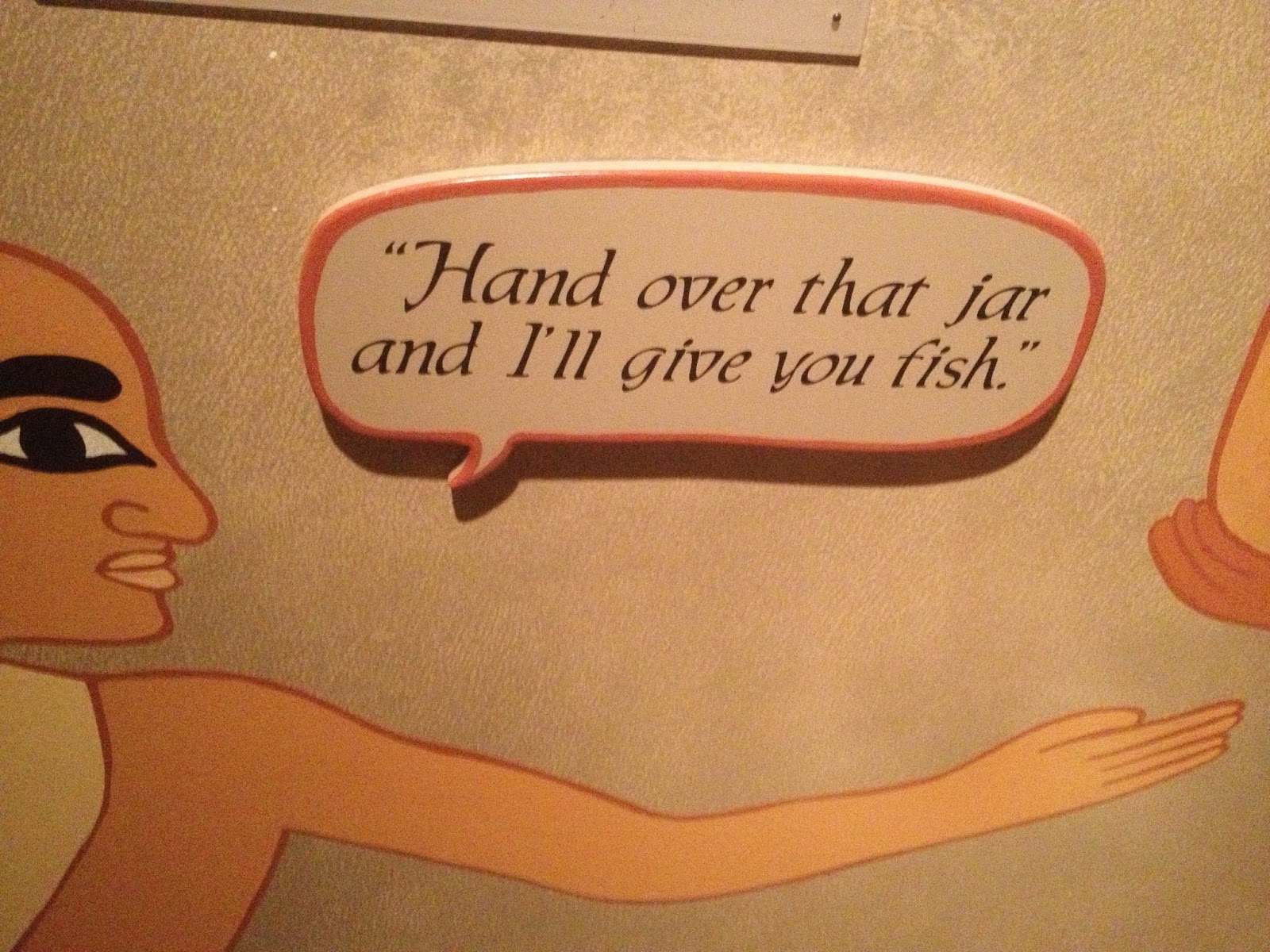
After my trip to
Chicago, why have I chosen to talk about
the Art Institue? www.artic.edu/aic Because it is a great museum, of course, but also because it
has to do with the project of Patrimonio Para Jovenes, due to the important Spanish
workshops in its collection and its very interesting educational department. So
first of all, and before writing more, I want to thanks Hillary Cook and
Georgina Valverde ( Teen and Museum Partnership Coordinator and Teacher
Programs Coordinator) for their
attention and help during my time at the museum. At this point I want to point
out that all my opinions here have to do with some days, and some hours, and
its important take this into account, so this is not the conclusion for all the
job at this museum or museums in
Chicago, or in the States.
At first glance, my
attention was attracted by two things: The huge range of students and children
in the museum, and the size of the installations for the educational area; the
Ryan education center, located close to the contemporary galleries and the new
entrance, the beauty of their classrooms and the very nice atmosphere for very
little children, teens, teachers and parents.
Visiting the classrooms,
the guide tours with students, and consulting the material that the department
gave to me, I´ve seen that they focus their attention on developing the
capacity of observation, creativity and oral expression among children. And its
great. It is something that I really would like to see more in Spain.
Teachers have a great
range of resources and programs you can visit at
www.artic.edu/aic/education/teachers and for general information they have a
paper with instructions; “Tips for leading Discussions about Art” There you can
find indications like these; “Give students time to look” and then, how to prepare
questions, opening questions, more specific questions and “encourage students
to probe their observations more deeply” So, its a great program to “Learn,
engage and enjoy” as it reads at the entrance of the educational area. Great
goals. However in my opinion, “incorporate background information when
relevant” is not enough, for me, background is always relevant. We can have a
deep misunderstanding of a masterpiece if we don´t know its time, its symbols
and language, the concerns of the artists and the patrons. All these give clues
to observe in a different way.
As an example of this I´ve
found a very nice classroom focused on “Still Life” here you have the idea with all the objets you need for a Still life.
However if you check out the results on twitter #AICStillLife you can see
people have a lot of fun but they don´t understand what exactly a Still Life
is, in the sense that it represented in the baroque times. Would it be possible
to learn and have fun at the same time? In my opinion, yes. Here, for me,with
this example of still life, its only fun.
Regarding positive things,
I also like the way the students are distributed in the museum, in small
groups, and they listened the explanations seated, (in small foldable chairs
that the students themselves could carry with them). I´ve see these chairs in
Spanish museums but not in such a large number. Feeling confortable is quite
important when listening to an explanation.
Here in Spain, we don’t
have the chance to enjoy these kind of great educational departments unless we
are living at big cities like Madrid or Barcelona (which have great museums as
well). But the advantage that Spain has over the USA is that the whole country
is a museum in the sense that hundreds of little villages have a great artistic
or cultural heritage. An example? Just check out posts on this blog.
So let yourself apply this
emphasis on creativity and observation, let yourself apply “learn, engage enjoy”
all around our country and we can be successful in spreading our very rich
cultural heritage.
I also want to say
something about another interesting museum; The Field museum www.fieldmuseum.org also with many
students in attendance and with very nice activities such as having young
orchestras perform in the hall, meetings with a scientist, or explanations of
the galleries that are easy for children to understand. Here you have also some
pictures from my visit there.

If you have any questions
or suggestions you can e-mail
patrimoniojovenes@gmail.com, follow us on Facebook https://es-es.facebook.com/pages/Patrimonio-para-j%C3%B3venes/577862235617528 , on Tiwtter,
pilarmce and check out our Pinterest.
Have a nice day!

.JPG)




No hay comentarios:
Publicar un comentario